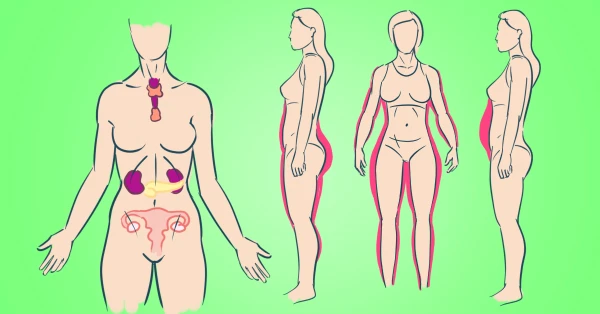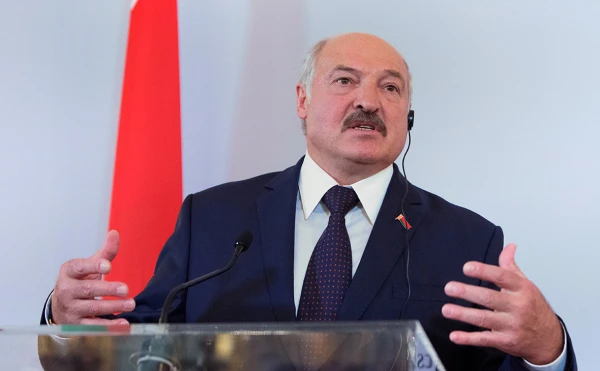
Something hurts, but examinations do not help identify the cause? It is likely due to the complex connection between the body and the psyche. We explain how to work with this.
In medicine, this phenomenon is called psychosomatics: when emotions are literally reflected in the body. Pain without a confirmed diagnosis does not mean that "it's all in your head." Psychosomatic pains are real sensations that arise because the body reacts to chronic stress, anxiety, or suppressed emotions.
Research shows: in a state of anxiety, the sympathetic nervous system is activated – cortisol levels rise, muscles tense, blood vessels constrict, sleep is disrupted, and the body recovers poorly. Over time, it stops distinguishing emotional threats from physical ones, and a person begins to literally "feel stress in their body."
Why such pains occur
If the body experiences chronic stress, a lot of cortisol is released, which triggers the "fight or flight" mode. Muscle tone remains high, and the immune and digestive systems function erratically. If internal tension is added – suppressed anger, guilt, anxiety – the body begins to express them through physical pain.
Such pain cannot be called imagined: pain centers in the brain and neuroimmune responses are genuinely activated, even though there may be no injuries or inflammation.
What diseases are most often provoked by psychosomatics
Psycho-emotional factors not only cause pain but also exacerbate many chronic diseases.
-
Cardiovascular disorders – hypertension, ischemic heart disease. Constant emotional tension increases the risk of vascular spasms.
-
Gastrointestinal disorders – irritable bowel syndrome, gastritis, ulcers. Stress levels directly affect gastrointestinal tone and microbiome health.
-
Metabolic disorders – stress worsens the course of type 2 diabetes.
-
Skin diseases – psoriasis, eczema, neurodermatitis. Stress exacerbates inflammatory skin reactions and worsens existing conditions.
-
Chronic pain and migraines – fibromyalgia arises, headaches due to severe tension.
-
Sleep disturbances and fatigue, respiratory reactions (asthma, shortness of breath) are also often exacerbated by anxiety.
How to recognize psychosomatic pain
If you do not understand the cause of the pain, it does not mean that it does not exist. The signs below can help determine that you are indeed facing psychosomatics. Such dynamics are a signal to pay attention to your psycho-emotional state, not just physical indicators.
-
There are symptoms, but examinations do not reveal a clear pathology.
-
Pain intensifies during stress or emotional overloads.
-
Pain is accompanied by anxiety, insomnia, irritability, fatigue.
-
After rest or vacations, the condition improves, but worsens again upon returning to a stressful rhythm.
How to get rid of pain or reduce it
Psychosomatic pain feeds not only on the body but also on emotions. When a person learns to regulate stress, set boundaries, and take care of themselves, the level of physiological tension decreases. The body finally gets the opportunity to recover.
-
Check for physical causes. The first step is still a visit to the doctor. It is important to rule out possible pathologies.
-
Psychotherapy. It helps to realize the connection between thoughts, feelings, and bodily reactions. Body-oriented therapy also helps, which additionally relieves physical tension.
-
Mindfulness practices. Meditation, breathing exercises, relaxation reduce the activity of the body's stress systems.
-
Physical activity. Moderate regular exercise and good sleep help normalize the functioning of the nervous system and reduce pain sensitivity.
-
Self-regulation. Track the moments when pain intensifies – often, there is specific emotional tension behind this. If you remove its cause, the physical symptoms will also disappear.
-
Practice a comprehensive approach. As in all areas of health, treating just one thing is not optimal. In the case of psychosomatics, a combination of working with a therapist or a specialized doctor, psychologist, physiotherapist – collaborative work accelerates the effect.















Leave a comment